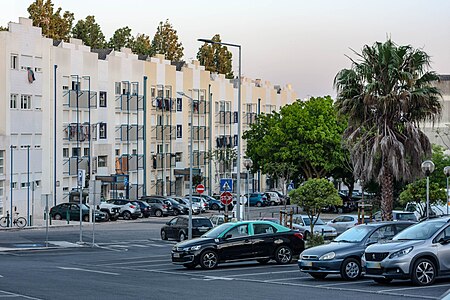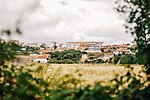Carcavelos

Carcavelos (Portuguese pronunciation: [kɐɾkɐˈvɛluʃ]) was, until 2013, a civil parish in the Portuguese municipality of Cascais, about 12 kilometres (7.5 mi) west of Lisbon. In 2013, the parish merged into the new parish Carcavelos e Parede. The parish was known for the Carcavelos wine. With the decline of the winemaking industry in the region, the attractiveness of its beaches have made the parish a destination for surfing, due to the waves here.At the mouth of the Tagus River and east of the main beach is the fortification of Fort of São Julião da Barra. It was used to protect the Tagus from enemy ships, but in the 20th century it became the official summer residence of the Minister of Defense.In the 19th and 20th centuries, Carcavelos was an important landing point in the international telegraph network, providing crucial communication links for the British Empire; most of the links were run by forerunners of the Cable & Wireless company.Carcavelos is home to a number of international schools including Saint Julian's School, and Nova School of Business and Economics.
Excerpt from the Wikipedia article Carcavelos (License: CC BY-SA 3.0, Authors, Images).Carcavelos
Ciclovia Estação Carcavelos - Universidade Nova SBE, Carcavelos e Parede
Geographical coordinates (GPS) Address Nearby Places Show on map
Geographical coordinates (GPS)
| Latitude | Longitude |
|---|---|
| N 38.6833 ° | E -9.3333 ° |
Address
St. Julians School
Ciclovia Estação Carcavelos - Universidade Nova SBE
2775-566 Carcavelos e Parede
Portugal
Open on Google Maps





